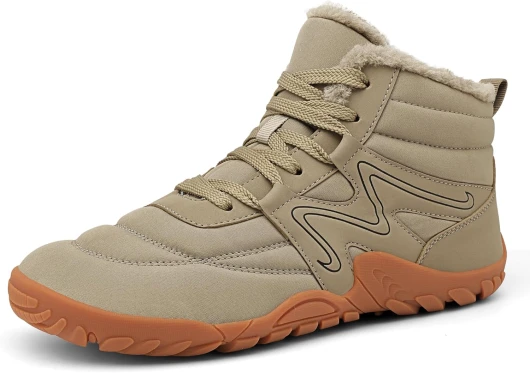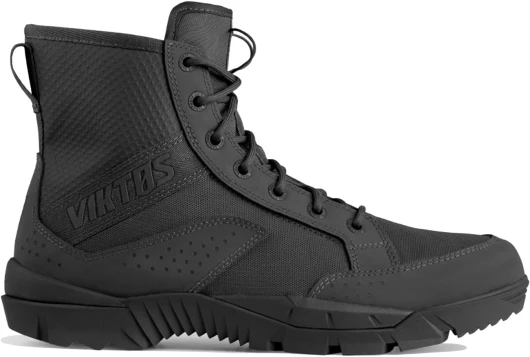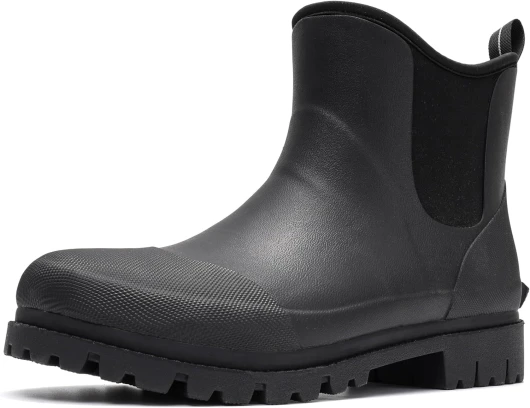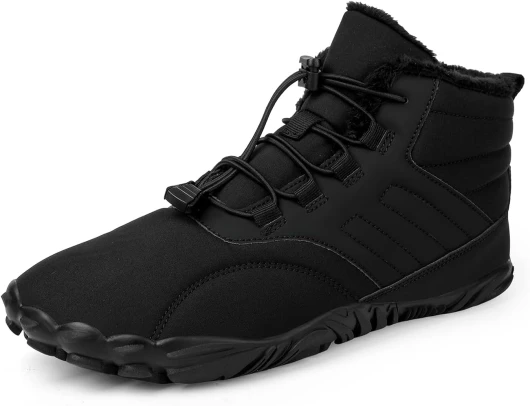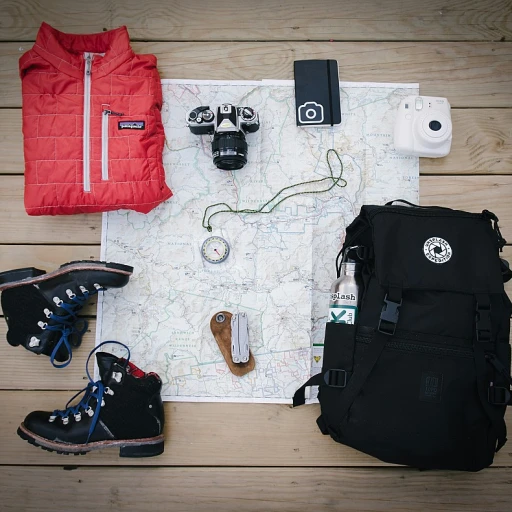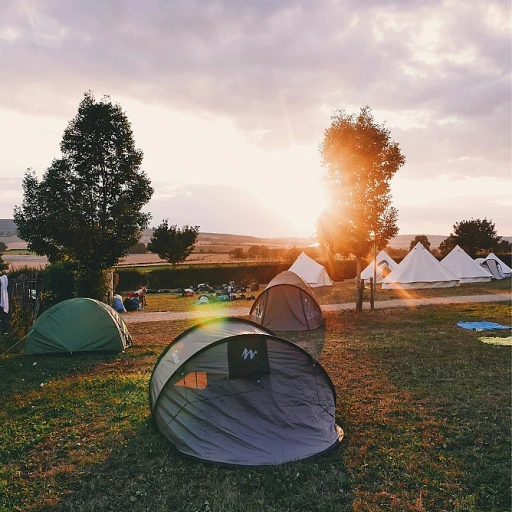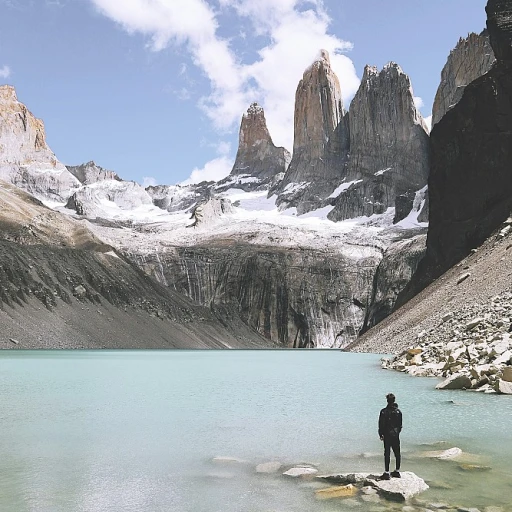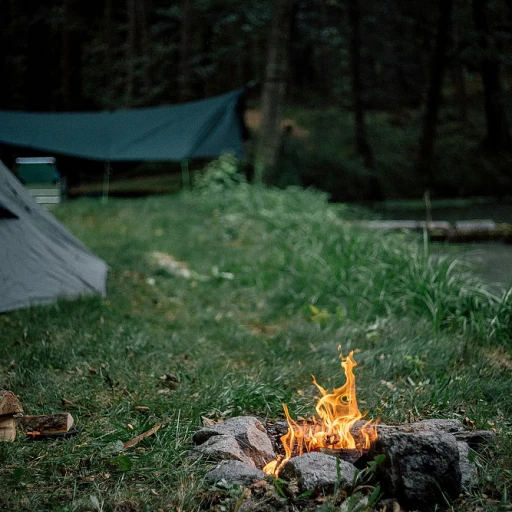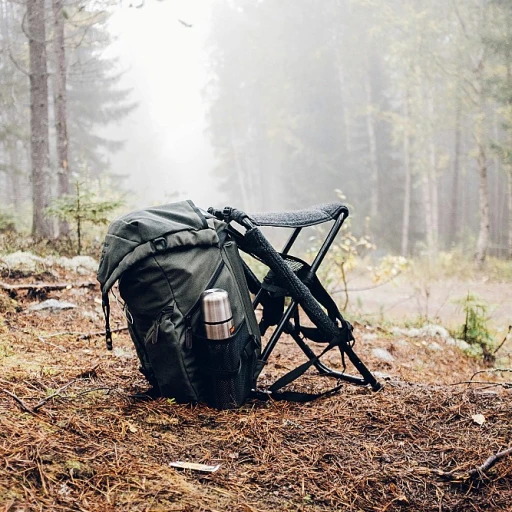
Understanding Barefoot Winter Boots
Understanding the essence of barefoot winter boots begins with embracing their minimalist nature. Unlike traditional boots, these shoes aim to mimic the natural feel of walking barefoot while still offering the necessary protection against cold and harsh winter elements.Mimicking Natural Movement
Minimalist winter footwear, often referred to as barefoot shoes or boots, is designed to allow your feet to move as naturally as possible. This includes a flexible sole that lets your feet bend and flex, similar to walking barefoot. This flexibility helps improve balance and strengthens foot muscles, offering a unique advantage over traditional boots.Design and Material Choices
Barefoot winter boots come in various materials such as leather or water-resistant fabrics. Brands offer diverse colors like brown, dark brown, and even black, catering to both functional and aesthetic preferences. The best barefoot options will also incorporate features like a wide toe box for comfort and natural splay of the toes, critical for maintaining balance on snowy trails.Importance of Proper Fit
Sizing fit is crucial when selecting the perfect pair of winter barefoot shoes. These boots often come in a wide range of sizes providing options for those with high volume feet. It's important to choose a size that allows enough room for layered socks while ensuring the shoes remain snug and secure. Ensuring the right volume and width will enhance warmth and prevent discomfort. Additional resources for selecting the right footwear for diverse outdoor activities can be found here.Benefits of Barefoot Winter Boots
Why Go Minimalist in the Cold?
The concept of barefoot winter boots may seem unconventional at first, particularly when facing cold, snowy terrains. However, there's a unique set of advantages that these minimalist designs bring to the table. Embracing the natural movement of your feet becomes a possibility, even as temperatures drop.
Enhanced Foot Health & Ground Feel
The wide toe box offered by these boots is a major perk. Unlike traditional winter boots that can squish your feet, barefoot shoes provide room for your toes to splay naturally. This space not only contributes to comfort but also enhances foot sizing fit and health over time, reducing the risk of bunions and other foot woes.
Balancing Warmth and Flexibility
With modern materials designed for minimalists, warm versus flexible doesn't need to be a trade-off. Many barefoot designs use waterproof or water resistant materials, while still maintaining a light feel ideal for movement. Colors like black, brown, dark brown, and even wildling shoes brands cater to those who wish to venture in style. They ensure you don’t have to compromise weather protection for that barefoot experience.
Putting the "Bare" in Barefoot
These winter barefoot options sometimes include niches like high volume or accommodating a wider foot size, meaning they are not just one-size-fits-all. Carefully selected options extend into leather or more vegan-friendly materials, each offering an adjustment for personal preferences.
Perfect for Snow Traction
Capable of tackling snow-draped paths, these boots incorporate enhanced traction snow, ensuring stability in icy conditions. It's important to remember that wide doesn't mean less secure; with the best designs, you'll find a balance that keeps feet snug and boots lightweight.
Looking to find the right pair to suit your needs? This detailed guide on top footwear choices for water hiking adventures might just be a starting point to explore compatible features you can enjoy during those cold months.
Challenges and Considerations
Navigating the Intricacies of Winter Barefoot Footwear
Embarking on the journey of wearing barefoot winter boots brings a unique set of challenges, not least of which are the considerations that influence your experience. These minimalist boots often differ dramatically from traditional winter footwear, and understanding them is crucial for maximizing comfort and performance. Firstly, sizing and fit play a pivotal role. Barefoot boots typically provide a wide toe box to allow natural splay of the toes; however, finding the best fit can be daunting. High volume and width can vary, so try multiple sizes to accommodate your feet comfortably. Opting for sizes that offer enough room without compromising stability is key. Moreover, the waterproof and water-resistant capabilities of minimalist boots are vital for maintaining warmth in the winter. Though many barefoot winter boots, such as some leather designs, provide a degree of water resistance, they might not always match the performance of traditional waterproof boots. It is essential to weigh your environment’s needs and decide if these minimalist options can offer adequate protection against water and snow. When considering material and construction, leather and other materials like dark brown or black synthetic options often provide acceptable levels of warmth. Yet, the sleek construction of minimal shoes can sometimes limit their insulation compared to thicker, more padded boots. Evaluations of materials should emphasize their ability to keep your feet warm while maintaining the minimalist integrity of the design. The question of traction on snow and ice is another factor. While some barefoot designs feature tread patterns that improve grip, they may not always compete with the deep treads found in traditional winter boots. Opting for models with enhanced rubber soles can mitigate the risk of slipping. As with any footwear choice, the switch to barefoot boots for winter might invite certain challenges. However, understanding these considerations allows enthusiasts to embrace the minimalist experience without compromising their winter adventures. For those keen to explore even more lightweight options, embracing unique solutions can be rewarding.Comparing Barefoot and Traditional Winter Boots
Contrasting Functionality and Design
When it comes to winter footwear, both traditional and barefoot styles have their unique advantages. While traditional winter boots often emphasize insulation and robustness, barefoot winter boots prioritize natural movement and minimalism. Traditional boots are typically crafted with materials like leather, offering solid protection and warmth in snow and slush. These boots often come with a waterproof membrane, keeping your feet dry through inclement weather. Their design includes insulation that retains heat, making them ideal for extremely cold environments. However, their often-bulky design can limit flexibility and restrict natural movement. On the other hand, barefoot winter boots provide a more flexible and lightweight alternative. Designed to mimic the feel of barefoot stride, these boots offer a wide toe box that allows unrestricted toe movement while still offering protection against the elements. While they may not have as much insulation as traditional options, the reduced weight of barefoot shoes can lead to a more comfortable and natural hiking experience.Understanding Material and Construction
The materials and construction of barefoot boots play a significant role in their functionality. Lightweight and flexible, they typically use materials that offer both water resistance and breathability. Even though they might not be fully waterproof like some traditional options, many barefoot boots are designed to repel water, providing adequate protection in mild winter conditions. In contrast, traditional winter boots often come in more rigid designs with high-volume and high-traction soles ideal for snowy terrains. Their build is usually more supportive but can sometimes compromise comfort in exchange for toughness.Considerations for Your Needs
Choosing between barefoot and traditional winter footwear largely depends on personal preference and the specific conditions you expect to encounter. If your priority is experiencing a natural walking sensation and maintaining a minimalist approach, barefoot winter shoes might suit you best. However, for those prioritizing warmth and waterproofing, especially in extremely cold climates, traditional boots could be the better choice. Ultimately, assessing the right fit, whether it be a wide or standard size, can make all the difference in comfort and efficiency during your hiking adventures.Choosing the Right Barefoot Winter Boots
Finding Your Perfect Fit and Style
Choosing the right pair of barefoot winter boots requires careful consideration. Here’s a guide to ensure you make the best selection for both function and comfort.- Sizing fit and toe box: Just like with any footwear, the sizing of your barefoot shoes is crucial. Look for boots with a wide toe box to give your feet adequate room to move. This helps in maintaining proper foot mechanics and can prevent discomfort during extended wear.
- Material and durability: Opt for materials that provide the right balance of warmth and durability. Leather and water-resistant finishes, like those in winter shoes, are excellent for facing the elements. Check for options that balance being waterproof and breathable to keep your feet warm and dry.
- Style preferences: While functionality might take precedence, the aesthetic is also key. Whether you prefer black or brown tones, or a combination that includes dark brown, there is a wide range of styles available. This ensures you’ll be able to match your barefoot boots with your personal style.
- Temperature suitability: For those living in colder climates, it’s important to choose shoes that offer enough insulation to keep your feet warm. Consider the volume of the boots, as a high-volume design might provide additional space for thick socks for extra warmth in deeply cold conditions.
- Traction for safety: Winter terrains can be challenging. Make sure your barefoot boots provide ample traction snow capability. This is essential in ensuring your safety against slips when navigating icy or slick surfaces.
Caring for Your Barefoot Winter Boots
Caring for Minimalist Winter Boots
Keeping your winter barefoot boots in top condition ensures they remain comfortable and efficient. Below are some tips to care for your minimalist footwear:- Cleaning and Maintenance: Minimalist footwear, whether it's a pair of barefoot shoes or boots, should be regularly cleaned. For leather models, a damp cloth can be used to wipe off dirt. If you're dealing with waterproof materials, ensure your cleaning agents don't strip off the waterproofing.
- Drying Techniques: After exposure to snow or wet conditions, allow your boots to air dry naturally. Avoid direct heat sources as they can damage materials like leather or water-resistant linings.
- Waterproofing: Even if your boots are initially waterproof, consider treating them with a recommended water-resistant spray regularly. This helps keep the materials intact and maintains their water-repellant nature.
- Storage Tips: Store your barefoot winter boots in a dry place, away from sunlight. To maintain their shape, stuffing the toe box with newspaper or shoe trees can help.
- Sole Care: For models like the barefoot shoes and boots, regularly check the soles for wear and tear. Traction snow capabilities are vital in winter conditions, so ensuring the soles remain in good condition is essential.

